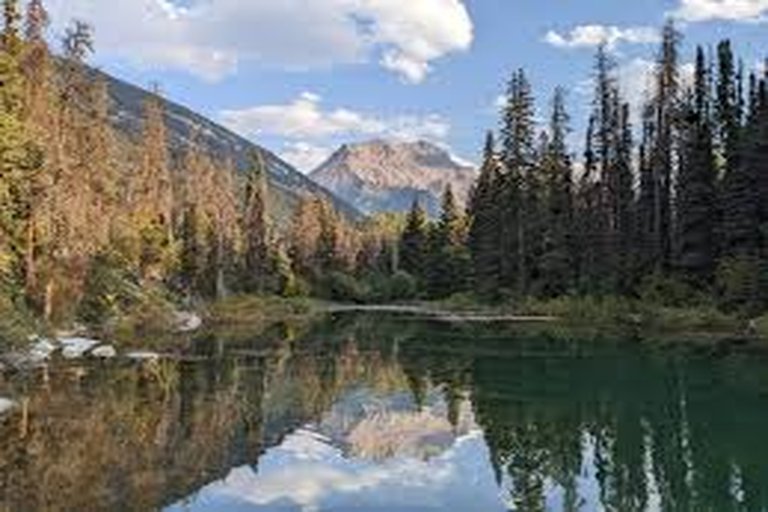Education & Youth
Outdoor Education Reimagined in Alberta’s Foothills
A new program brings environmental science into the wild as schools partner with local conservation groups for immersive outdoor learning.
Published on 2025-07-03T14:15:28
By Owen McAllister

In the rolling foothills of Alberta, a new initiative is transforming the way students engage with the natural world. Dubbed 'Field Classrooms,' the program takes education beyond traditional settings, immersing students in outdoor environments to learn core subjects through hands-on experiences. The effort is a collaboration between local school boards and regional conservation authorities.
Students from multiple grade levels now spend part of their week studying ecosystems, geology, and environmental stewardship while trekking through forests, wetlands, and grasslands. “We’re not just learning about nature—we’re learning in it,” said eighth-grader Daniel Collins, while observing birds along the Bow River.
Educators involved in the program note improved engagement and retention among students. “The science becomes tangible,” said biology teacher Melanie Fraser. “Instead of reading about erosion, they see it shaping a riverbank in real-time. It ignites a curiosity that textbooks rarely inspire.”
The program also includes Indigenous knowledge sharing, with elders from nearby First Nations communities invited to teach land-based perspectives. These cultural insights offer students a broader understanding of the relationship between people and the environment, fostering respect and inclusivity.
Funding has come from a mix of government grants, environmental nonprofits, and local businesses. The Alberta Ministry of Education has praised the model as one that blends curriculum innovation with environmental literacy—a skill increasingly relevant in a climate-conscious world.
With early success, other districts across the province are now exploring similar models. Parents, too, have noted the benefits. “Our daughter comes home with muddy boots and big ideas,” said Angela Wright, a parent in Cochrane. “That’s the kind of learning we want to support.”